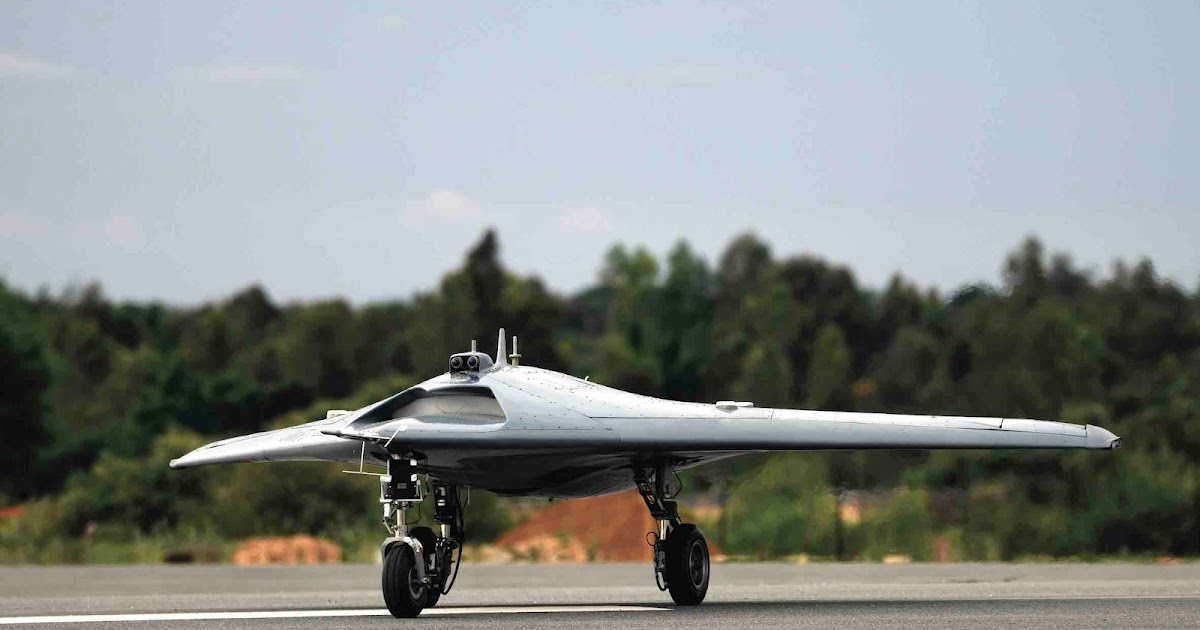
By Vikas Gupta
Defence News of India, 2 July 22
On Friday, the Defense Research and Development Organization (DRDO) successfully conducted the maiden flight of its “autonomous flying wing technology demonstrator” from the Aeronautical Test Range in Chitradurga, Karnataka.
“Operating in fully autonomous mode, the aircraft performed a perfect flight, including takeoff, waypoint navigation and a smooth landing,” DRDO said in a press release.
“[The aircraft] is powered by a small turbojet engine. The airframe, landing gear and all of the flight controls and avionics systems used for the aircraft were developed locally,” the DRDO said.
“This flight marks a major milestone in terms of demonstrating critical technologies for the development of future unmanned aircraft and is an important step towards autonomy in these strategic defense technologies,” added the DRDO.
The stealth drone, also known as Unmanned Combat Airborne Vehicle (UCAV), was designed and developed by the Aeronautical Development Establishment (ADE), Bengaluru, one of the main avionics research laboratories of DRDO.
The UCAV is a precursor to the Ghatak armed stealth drone program called Autonomous Unmanned Research Aircraft, or AURA. ADE described the AURA as a high-speed, self-defense reconnaissance UAV with weapons-firing capability.
This secret weapon system was made public in 2010, when the DRDO acknowledged the existence of the “Indian Unmanned Strike Aircraft” (IUSA), a drone constructed of lightweight composite materials and capable of delivering guided strike weapons by laser.
It was decided that the Kaveri engine, developed by DRDO’s Gas Turbine Research Establishment (GTRE), would power the AURA. The Kaveri was developed to power the Tejas Light Combat Aircraft (LCA), but was unable to develop the power needed for a supersonic fighter aircraft.
In 2012, in a written response to a question in Parliament, then Defense Minister AK Antony said: “The Kaveri-derived engine can be used as the propulsion system for the unmanned strike aerial vehicle Indian (USAV).”
Antony revealed to Parliament that the unmanned aircraft project was sanctioned in March 1989 at an estimated cost of Rs 383 crore and was to be completed by December 1996. With technological difficulties persisting in the project, the date of Completion has been extended until December 2009 and the funding allocation has been increased to Rs 2,839 crore.
Stealth aircraft have tended to adopt the so-called “flying wing” design. It is a tailless fixed-wing design that has no fuselage. Its crew, payload, fuel and equipment are housed inside the main wing structure. It works by balancing its airflow and center of gravity so no tails are needed.
One of the most famous aircraft with a “flying wing” design is the legendary US Air Force B-2 Spirit stealth bomber, which is intended to drop nuclear weapons from the air.
Another successful unmanned stealth design is Lockheed Martin’s RQ-170 Sentinel unmanned drone, which earned the nickname “Beast of Kandahar” after being deployed in Afghanistan. Another concept nearing completion is the European NeuroN, the development of which is being led by Dassault.
While non-stealth armed drones, such as the US-built Reaper and Predator, have claimed many terrorist casualties, the Indian Air Force will necessarily need stealth drones, such as the UCAV, to survive in highly contested aerial environments, such as in Pakistan.






